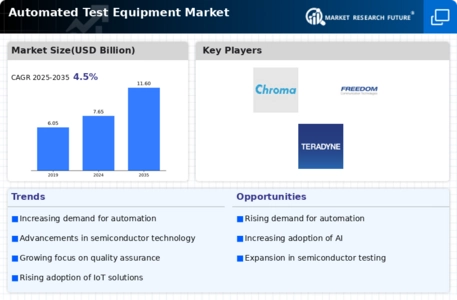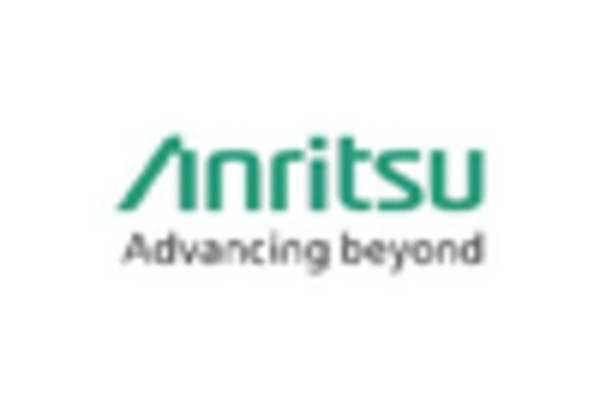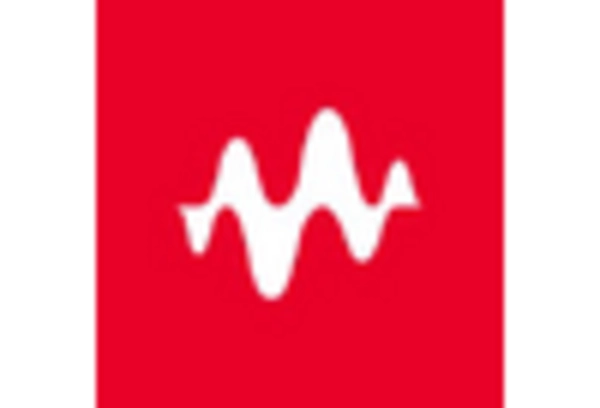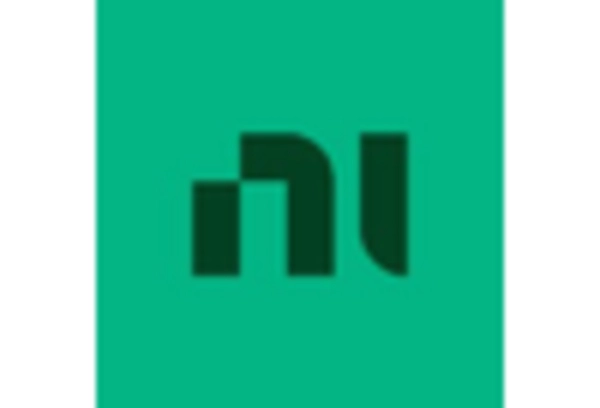Market Trends
Key Emerging Trends in the Automated Test Equipment Market
The expanding prevalence of consumer electronic devices has ushered in a competitive landscape among companies vying to create products that are not only smaller but also smarter, incorporating upgraded features. In this context, testing plays a pivotal role in ensuring the quality and functionality of devices within the consumer electronics industry. Each finalized product slated for commercialization undergoes rigorous testing to assess its functionality, safety features, and overall performance. The testing procedures in the consumer electronics sector are typically executed across various stages of the design and development process, ensuring optimal product performance and an extended lifespan for the devices.
The testing process unfolds in multiple phases, commencing at the component level and progressing through integration tests to end-of-line production evaluations. Component-level testing involves validation tests performed during the design phase, as well as automated end-of-line production tests. This intricate testing regimen ensures that the chipsets undergo thorough validation for functionality, adherence to wireless standards, and compliance with Electromagnetic Interference (EMI)/Electromagnetic Compatibility (EMC) regulations. The meticulous testing not only guarantees efficient product performance but also ensures that the devices meet requisite safety standards and regulatory norms.
The validation tests during the design phase are pivotal, encompassing a comprehensive assessment of the device's functionality. This stage is crucial in identifying and rectifying any potential issues or shortcomings before the product advances further into the production process. Subsequently, automated end-of-line production tests are conducted to verify the integrity of each device as it nears the completion of the manufacturing process. These tests are designed to scrutinize the product's overall functionality, confirming that it meets the desired specifications and adheres to industry standards.
The chipsets within consumer electronic devices undergo a specialized validation process to ascertain their functionality, adherence to wireless communication standards, and compliance with stringent EMI/EMC regulations. The validation of chipsets is a critical step, ensuring that these integral components align seamlessly with the device's design specifications and regulatory requirements.
The surge in the adoption of consumer electronics and electric devices on a global scale reflects the growing consumer demand for technologically advanced and high-quality products. To meet this demand, manufacturers are leveraging automated test equipment throughout the testing phases to deliver devices that meet stringent quality standards before they are deployed in the market. This growing adoption of consumer electronics and electric devices worldwide is a key driver fueling the growth of the global automated test equipment market throughout the forecast period. As technology continues to advance, the role of robust testing mechanisms will remain paramount in delivering innovative, reliable, and high-performance consumer electronic devices to meet the evolving expectations of consumers.


















Leave a Comment